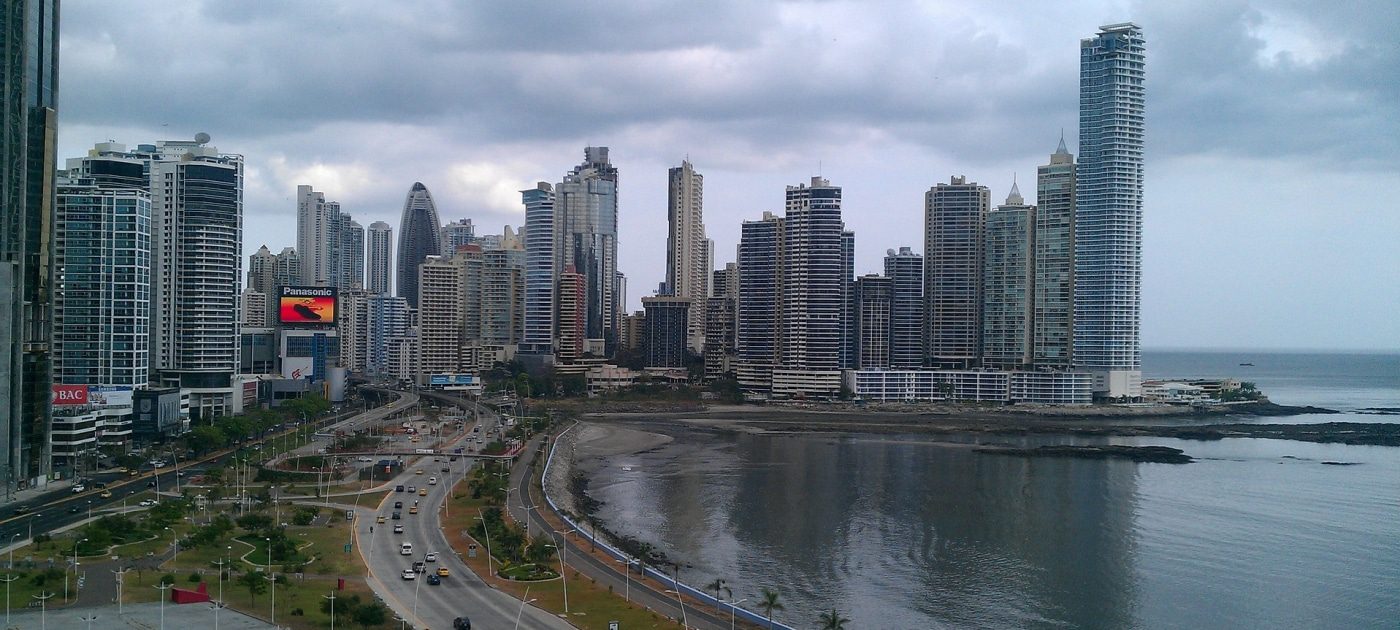Panama, 13 December 2021 – If a sustainable transformation is pursued within this decade, Latin American and Caribbean cities can halve their consumption of natural resources such as fossil fuels, minerals and food, while succeeding in the fight against poverty and inequality, according to a new report by the UN Environment Programme (UNEP).
- New UNEP report provides a guide to increase resource efficiency in cities through circularity, better connectivity, ecosystem restoration, among others.
- If no action is taken, by 2050 cities in the LAC region will consume two to four times more resources over the limits of sustainability.
The publication, developed in collaboration with the International Resource Panel (IRP), concludes that by 2050, cities in the region will consume two-to-four times more resources than what is considered sustainable if they do not start comprehensive planning and do not increase their systems’ efficiency and circularity, a scenario that would come with severe degradation of vital ecosystems.
The Weight of Cities in Latin America and the Caribbean: Future Resource Requirements and Potential Courses of Action points the way towards a more sustainable urban planning and includes recommendations in four axes – transport and sustainable mobility, efficient and sustainable buildings, waste, and water and sanitation – to reduce resource consumption, waste, environmental damage, and greenhouse gas (GHG) emissions.
Globally, cities generate up to three-quarters of GHG emissions. According to the IRP, resource efficiency could decrease the demand for virgin materials by 15%-25%, and lead to a reduction in emissions from the industrial sector of up to 30%.
The report finds that cities in Latin America and the Caribbean consumed between 12.5 and 14.4 tons per capita of resources annually in 2015 (the most recent year which concentrates the largest volume of data). More than half of the region’s urban material stock was in the cities of Brazil (38.1%) and Mexico (21.1%).
By 2050, with a regional population of 680 million people, urban domestic material consumption could rise to up to 25 tons per capita, well above the range of 6-8 tons per capita that the IRP considers under the limits of sustainability.
“Today, many of the people of Latin America and the Caribbean suffer the effects of unsustainable resource use: environmental degradation, lack of access to services and, as a result, a bleak future,” said Jacqueline Álvarez, UNEP Regional Director for Latin America and the Caribbean. “Planning a sustainable transformation is critical if we aspire to live in harmony with nature, leave no one behind, and sustainably recover from the effects of the COVID-19 pandemic.”
The report’s authors call on the region to pursue urban strategic intensification, which, unlike the traditional horizontal expansion of cities, consists in increasing density of population, jobs, and services in a set of urban centers well connected by efficient and affordable public transport.
In addition, the region requires more sustainable buildings, promoting circularity, seizing organic waste and improving water management to include treatment and reuse of this resource, as well as restoration of freshwater ecosystems.
If the set of actions proposed in this report is implemented, cities in the region could reduce their annual material consumption to between 6 and 7 tons per capita by 2050.
The report also highlights measures already being taken in this line, such as the public transport improvements of Fortaleza (Brazil), which included greater space for bikes and pedestrians, water harvesting in Mexico City and the district heating project of Temuco (Chile).
Sustainable, fairer, and more prosperous cities
According to the report, in 40 years, the region’s urban built environment grew 99%, almost on par with the increase in the urban population in that period (95%). Due to the inability of most cities to absorb growth, social inequality and environmental injustice were aggravated.
Closing the inequality gap now will mean addressing the needs of the most vulnerable populations, for example, the lack or remoteness of urban public services, poor infrastructure, violent conditions, and pollution.
Authors also call on authorities to direct more efforts towards intermediate cities, which are growing more rapidly than the average. They also recommend promoting greater cooperation and stronger alliances at the subnational, subregional and regional levels.












